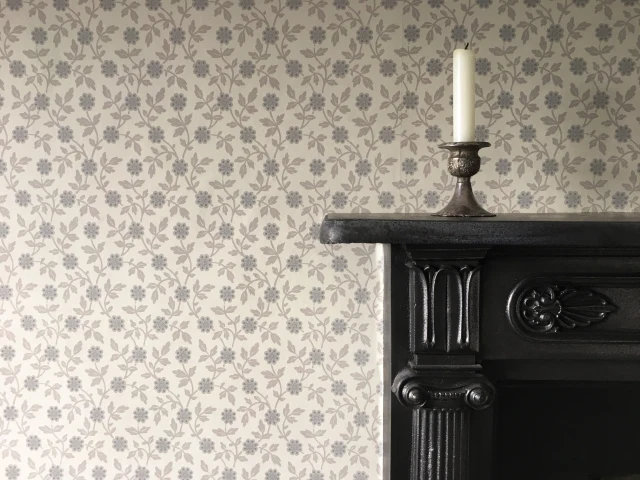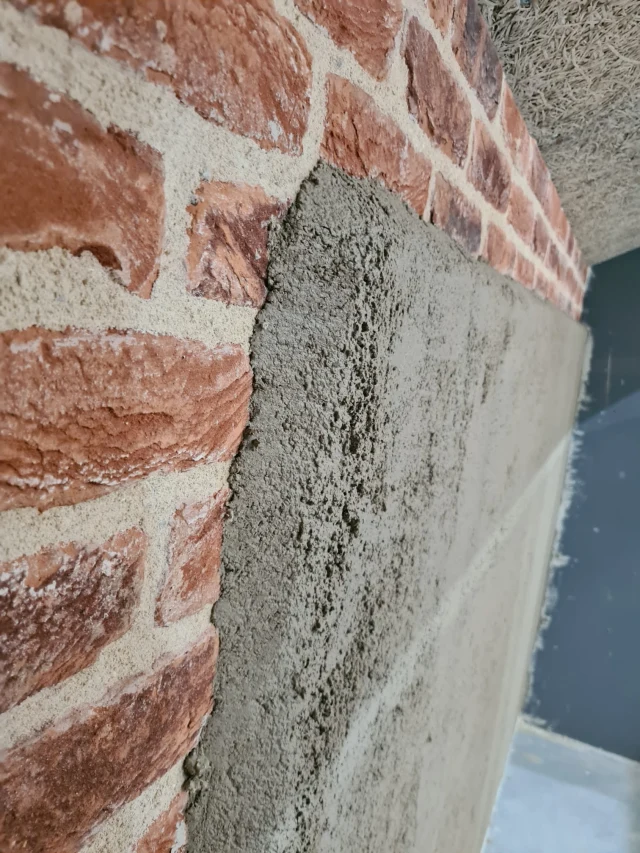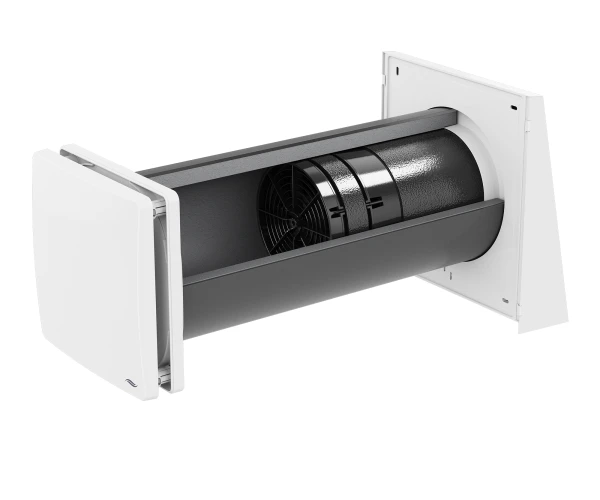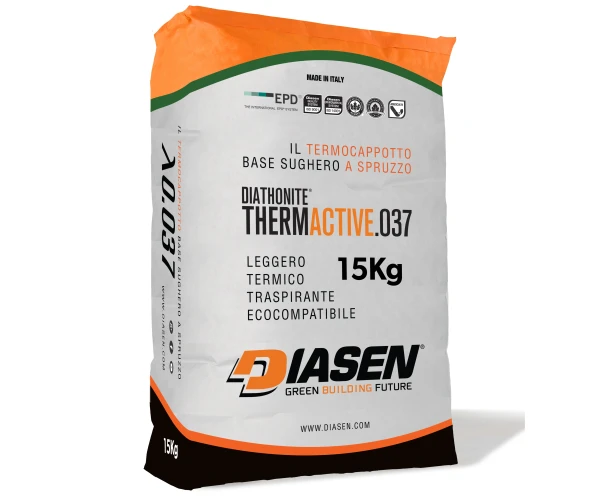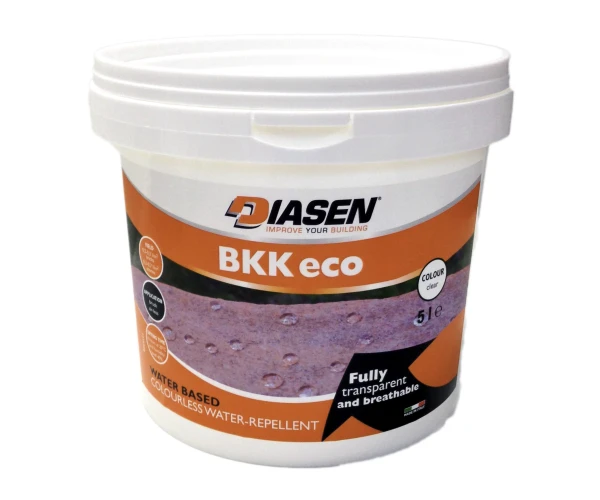Go to Section
To effectively treat damp, it’s vital to understand exactly where it’s coming from. There are a number of reasons why an old house might experience damp:
- Poor ventilation: Older homes often lack proper ventilation, allowing moisture to build up indoors. This can lead to condensation and damp problems.
- Rising damp: This occurs when water from the ground rises through the walls of a building. This can occur for a myriad of reasons including poor drainage, damaged water goods leading to over shedding water penetrating the wall at a high level and accumulating at lower levels or a damaged damp-proof course (DPC). Older homes may have inadequate DPCs, making them more susceptible to rising damp.
- Penetrating damp: This happens when water enters a building through gaps, cracks, or other defects in the walls, roof, or foundations. Over time, these issues can worsen in older homes due to wear and tear.
- Leaking pipes: Older plumbing systems may be more prone to leaks and corrosion, which can cause damp areas around pipes and fixtures.
- Guttering and downpipe problems: Inadequate or blocked gutters and downpipes can lead to water overflowing and seeping into the walls of a building. This is particularly common in older homes with outdated drainage systems.
- Groundwater issues: Older properties may be built on land that is prone to flooding, groundwater, have a high water table, or surface water problems. This can result in dampness if not properly managed.
- Deteriorating or inappropriate mortar: Over time, the mortar between bricks or stone can deteriorate, allowing water to penetrate walls causing damp issues. The careful selection of an appropriate lime-based mortar, as oppose to cement, is essential to offset long term issues.
Inappropriate removal of external render: Render is often applied to the outside of walls as a protective coating preventing excessive moisture ingress over time, especially in exposed sites and where the masonry may be of a poorer quality. Removing render is such cases could result in significant increases in moisture penetration to traditional walls.


How can I stop damp in an old house?
To address these issues, it’s essential to identify the source of the damp and carry out appropriate surveys, repairs and improvements to ensure a healthy living environment in your old house.
Every property is different, and it’s important to understand the situation fully before diving in. The wrong choice of product or approach could not only prove ineffective – it might cause further condensation and end up making the problem worse.
It’s important to check with a professional if you’re not sure how to proceed with addressing your damp problems. While this might come with an up-front cost, it’s money well invested if it helps you make the right choices and potentially avoid expensive mistakes.
Check for maintenance or structural issues
First, it’s important to eliminate any obvious causes of damp. Thoroughly check the entire property for any signs of damp or water damage, such as peeling paint, discoloured plaster, salts or musty odours. Check for issues with plumbing systems or guttering, as well as issues with the roof, flashing, render or brick/stone work. Check that the damp-proof course, if used, is in good condition.
Any maintenance issues which could be contributing to damp should be addressed as soon as possible, to prevent further damage.
Manage water at foundation level
In some cases, damp problems may be caused by excess water in the soil at foundation level, for example for houses built on a slope or in a low-lying area. In these situations, a French drain or sump pump can help to manage water flow, improve drainage and reduce damp problems in the house.
Insulate
Condensation occurs when warm, humid air hits a cold surface, and can lead to damp and mould if not addressed. Insulating your home with breathable products to keep walls and ceilings warmer can help to prevent condensation build up and reduce or eliminate damp problems.
Insulating loft spaces https://www.ecologicalbuildingsystems.com/post/how-to-insulate-your-loft-with-natural-insulations, internal walls https://www.ecologicalbuildingsystems.com/post/diathonite-thermal-plaster-complete-guide and suspended timber floors which are often found in older properties https://www.ecologicalbuildingsystems.com/post/best-practice-approach-insulating-suspended-timber-floors can help to solve damp issues. However, be sure to ensure that any insulation you install is the right choice for your situation, as the wrong products could end up making condensation or damp issues worse.
Protect your building’s exterior
As well as installing insulation internally, external breathable renders such as Diathonite Evolution can help to prevent water ingress into old buildings, keeping your home warmer and reducing the risk of damp.
If you’d prefer not to render, a breathable paint https://www.ecologicalbuildingsystems.com/post/q-and-a-breathable-paints or lime wash can help provide extra protection from the elements. If you’d rather keep your original finish, a transparent vapour open coating like Diasen BKK Eco is a good alternative.
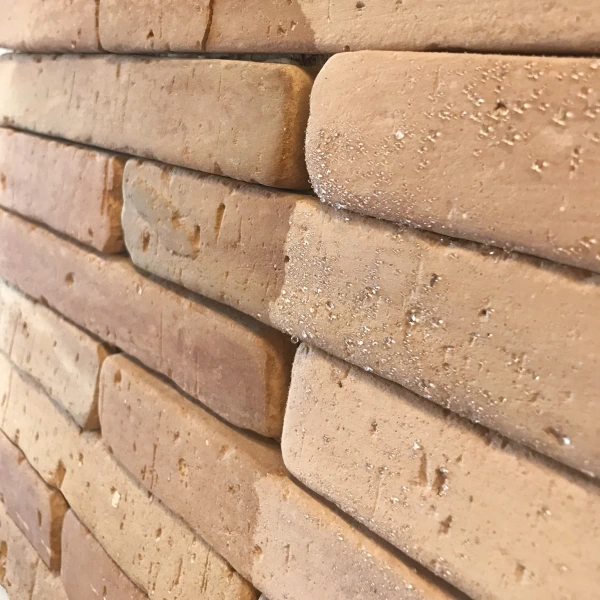
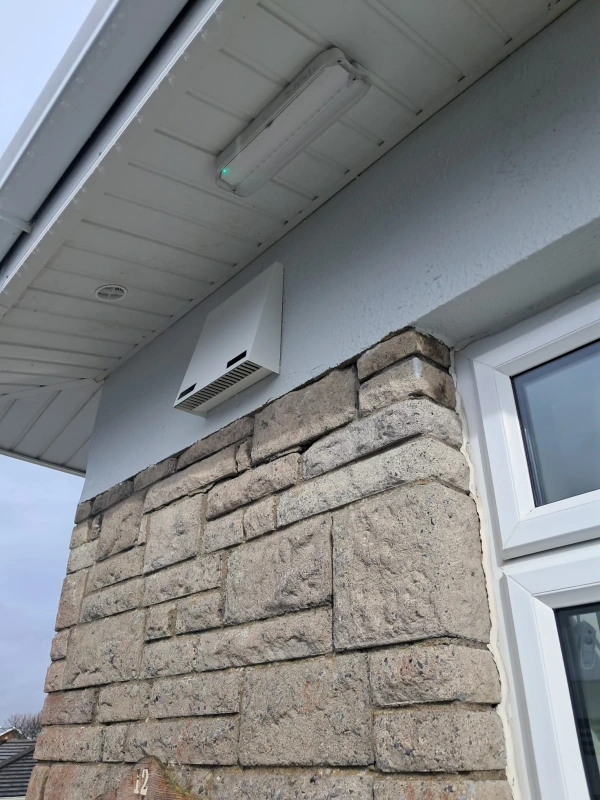
Ensure adequate ventilation
If there are no obvious structural issues contributing to damp, the next most common cause is condensation. Ensuring adequate ventilation throughout your home is vital, particularly in older properties.
Installing exhaust fans in high moisture areas like kitchens and bathrooms can help to remove humidity at its source and reduce condensation. More broadly, ensuring that any construction ,insulation or finishes you’ve installed is breathable and allows for excess moisture to be temporarily buffered or to gradually escape is also important.
Low-energy ventilation like the ductless Inventer iV-14 Zero can help to manage internal humidity and reduce condensation and damp,as well as improve indoor air quality, whilst also recovering 87% heat to keep your home warm.
Beat your damp issues with expert help and advice
If you have questions about selecting the right products for your project, the expert team at Ecological Building Systems can provide help and advice.


